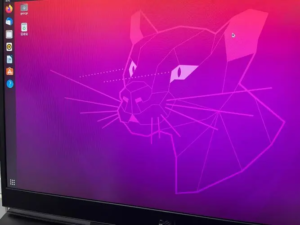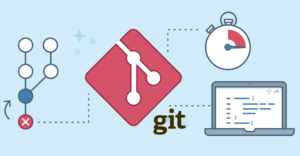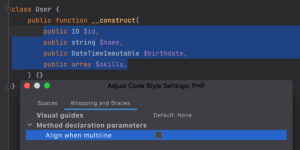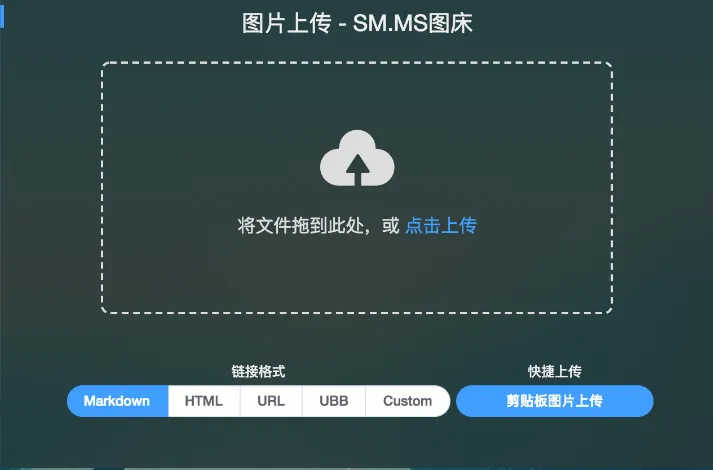内容目录
- —— 一、理解TCP三次握手
- —— 二、使用原始套接字模拟TCP握手
- —— 三、总结
网络协议是现代互联网通信的基础,而传输控制协议(TCP)作为最重要的协议之一,保证了数据包的可靠传输。TCP建立连接的过程,也就是所谓的“三次握手”,是每个网络工程师都需要了解的基本知识。本文将详细介绍如何使用Linux下的原始套接字(raw sockets)来模拟TCP的三次握手流程,并提供详细的代码示例。
![图片[1]-动手实践:使用Linux原始套接字模拟TCP三次握手过程-连界优站](http://www.6x66.cn/wp-content/uploads/2024/10/image-76.png)
一、理解TCP三次握手
TCP建立连接的过程涉及客户端和服务端之间的三次消息交互:
- SYN:客户端发送一个SYN(同步序列编号)报文段给服务端,表示希望建立连接,并随机选择一个初始序列号。
- SYN-ACK:服务端接收到SYN后,发送一个SYN-ACK(同步确认)报文段回应客户端,同时也会选择一个初始序列号。
- ACK:客户端收到SYN-ACK后,发送一个ACK(确认)报文段给服务端,确认接收到服务端的SYN-ACK,并结束三次握手。
二、使用原始套接字模拟TCP握手
Linux提供了原始套接字接口,允许直接访问IP层,可以用来构建自己的网络协议栈。下面我们将展示如何使用原始套接字来模拟TCP的三次握手。
1. 创建原始套接字
#include <sys/socket.h>
#include <netinet/ip.h>
#include <netinet/tcp.h>
int sockfd = socket(PF_INET, SOCK_RAW, IPPROTO_TCP);2. 构建TCP报头
struct tcphdr {
uint16_t th_sport; // Source Port
uint16_t th_dport; // Destination Port
uint32_t th_seq; // Sequence Number
uint32_t th_ackseq; // Acknowledgment Number
uint16_t th_offx2; // Data offset (in 32-bit words), reserved, and flags
uint16_t th_flags; // Flags
uint16_t th_window; // Window size
uint16_t th_check; // Checksum
uint16_t th_urgptr; // Urgent pointer
};
// 设置TCP头部字段
struct tcphdr tcp_hdr;
tcp_hdr.th_sport = htons(SOURCE_PORT);
tcp_hdr.th_dport = htons(DST_PORT);
tcp_hdr.th_seq = htonl(INIT_SEQ_NUMBER);
tcp_hdr.th_ackseq = htonl(0); // For SYN packet
tcp_hdr.th_offx2 = htons((5 << 4) + 0); // Header length is 20 bytes
tcp_hdr.th_flags = TH_SYN; // Set SYN flag3. 构建IP报头
struct iphdr {
uint8_t ip_hl; // Internet Protocol Header Length
uint8_t ip_v; // Internet Protocol Version
uint8_t ip_tos; // Type of Service
uint16_t ip_len; // Total Length
uint16_t ip_id; // Identification
uint16_t ip_off; // Fragment Offset
uint8_t ip_ttl; // Time to Live
uint8_t ip_p; // Protocol
uint16_t ip_sum; // Header Checksum
struct in_addr ip_src; // Source IP Address
struct in_addr ip_dst; // Destination IP Address
};
// 设置IP头部字段
struct iphdr ip_hdr;
ip_hdr.ip_v = 4; // IPv4
ip_hdr.ip_hl = 5; // Header length is 20 bytes
ip_hdr.ip_tos = 0;
ip_hdr.ip_len = htons(sizeof(ip_hdr) + sizeof(tcp_hdr));
ip_hdr.ip_id = htons(IP_ID);
ip_hdr.ip_off = 0;
ip_hdr.ip_ttl = 255;
ip_hdr.ip_p = IPPROTO_TCP;
ip_hdr.ip_sum = 0; // Will be filled by kernel
inet_aton(SRC_IP, &ip_hdr.ip_src);
inet_aton(DST_IP, &ip_hdr.ip_dst);4. 发送TCP报文
// 组合IP头和TCP头
char packet[IP_MAXPACKET] = {0};
memcpy(packet, &ip_hdr, sizeof(ip_hdr));
memcpy(packet + sizeof(ip_hdr), &tcp_hdr, sizeof(tcp_hdr));
// 发送数据包
sendto(sockfd, packet, sizeof(ip_hdr) + sizeof(tcp_hdr), 0, (struct sockaddr *)&dst_addr, sizeof(dst_addr));三、总结
通过上述步骤,我们已经了解了如何使用Linux下的原始套接字来模拟TCP的三次握手过程。这种方法可以帮助我们更好地理解TCP/IP协议的工作原理,并且在研究网络协议栈时非常有用。需要注意的是,由于涉及到底层网络编程,实际操作时应确保遵守网络安全规定,避免非法活动。
希望这篇教程对你有所帮助,并激发你进一步探索网络协议的兴趣。
© 版权声明
文章版权归作者所有,未经允许请勿转载。
THE END





































